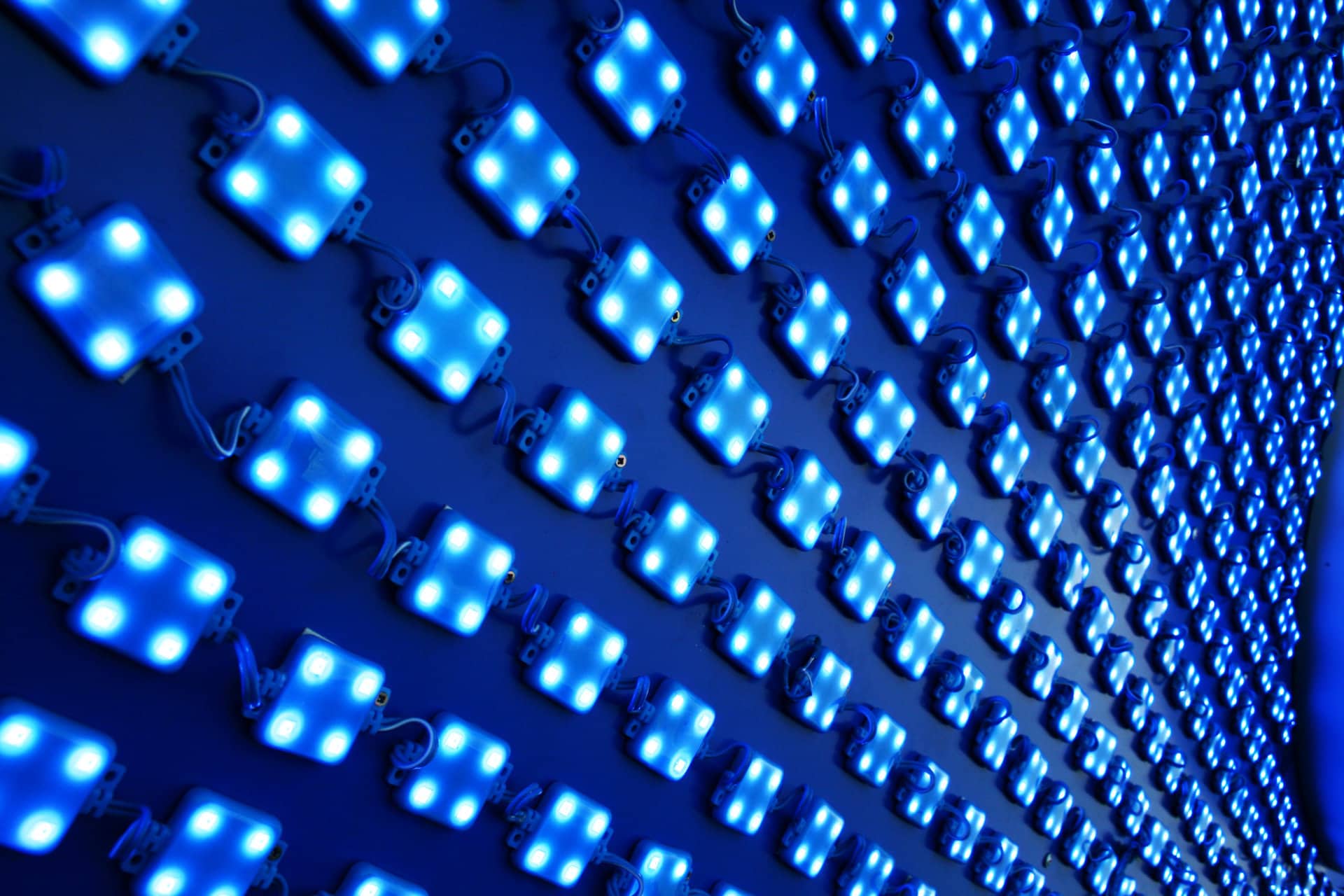Home » Applications »
Media technology in the Science Center
NeuroomNet in the Science Center
Media technology can present many challenges for you:
- Technical failures for which external specialists have to be called in?
- High energy costs due to manual control of lighting, heating, air conditioning, and other building functions?
- Problems managing access control during events and high attendance days?
NeuroomNet offers solutions for various problems of everyday life in the Science Center. From the operation of digital exhibits to the complete control of the building technology, you can not only save valuable time for your staff with this software but also reduce energy costs and implement exhibition concepts with a unique selling point that can be tailored to a wide variety of target groups.
Problem & Solution
Easily identify and fix technical failures yourself
Today, a modern science center features a wide range of media technology. Visitor guidance systems, audio and video stations, lighting technology, … etc.
Managing these and repairing failures quickly and consistently is a permanent task that can cost a lot of time and know-how. You don’t want to leave an unkempt or unattractive image with visitors. A monitor that displays only black or outdated content does just that. In both cases, it loses its usefulness. This should not be the case. But unfortunately, what happens in many exhibitions is that no one knows how to eliminate defects or how to update the content.
Easily identify and fix technical failures yourself
A cost-effective and easy-to-use option is to centralize all this technology via NeuroomNet. You don’t need staff with programming skills to operate the NeuroomNet software, as the monitoring interfaces provide a simplified overview of all your technology. This gives staff the ability to quickly see at a glance where errors are occurring and how to fix them. It also allows you to update or customize content in the easiest way possible.
NeuroomNet offers the right balance between automation and manual setting options to cover all the functions you need for your daily routine in the Science Center.
Problem & Solution
Save energy and costs
The operation of individual stations (e.g. through manual switching on and off of many stations by staff) causes labour costs and therefore equipment runs continuously. This results in high energy costs and you are considering reducing media technology, which, however, can considerably reduce the attractiveness of the museum to visitors.

Save energy and costs
With a management system like NeuroomNet, you can automate turning all devices on and off to reduce run times and power consumption!
Even devices from different manufacturers are all managed centrally and can be set via specified times in the calendar function. For example, exceptions can also be set up on public holidays.
The service life of your devices is extended because switching sequences can be automated and the fuse is not simply switched off hard. These sequences mitigate damaging wear and tear on your equipment and minimize hardware and software defects, such as with projectors whose illuminants require cooling time.
For more info and sample calculations on our energy-saving options, read here:
Problem & Solution
Manage the stress of access controls
You’re planning an event and expect a particularly high volume of visitors, but have concerns about how to manage access securely and efficiently. There is a tight schedule and you would like to avoid delays due to e.g. annoying traffic jams during control so that your event can take place successfully and without disruptions.
Manage the stress of access controls
Using the information on digital signage displays, you can direct visitors so that crowds are evenly distributed among access points and reduce the possibility of crowding in individual areas. You can also provide information about expected wait times.
This works because NeuroomNet’s visitor counting system can use heat maps to identify where crowds are particularly heavy and announce this information automatically or manually by event management via the displays. This mode of operation can be compared to a parking guidance system, which can indicate how many spaces are available in a given block and direct customers to the empty spaces.
This allows you to focus on what matters: Improving the experience of your visitors.
Experience
These science centers already use NeuroomNet:
- Experimenta (science center in Heilbronn)
- Technopolis Mechelen (technology education center in Mechelen)
- PS.Speicher (oldtimer-museum in Einbeck)
- Rubina Regensburg (energy education center in Regensburg)
Further services
- People counting (control of visitor flows and improvement of security)
- Digital signage (display of content on any number of displays)
- Content can be individually adapted to external circumstances such as calendar events, light and weather conditions, and other requirements
- RFID technology to display customized content for different stakeholders
- Secure encryption of your system
- Management of access rights and monitoring of access authorizations
- Expandability of the system, which also offers interfaces for newer technologies
Learn more about NeuroomNet’s features
